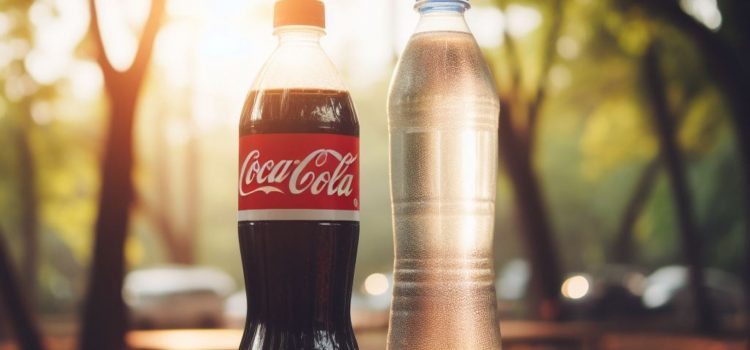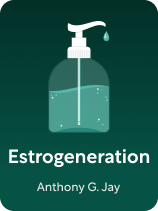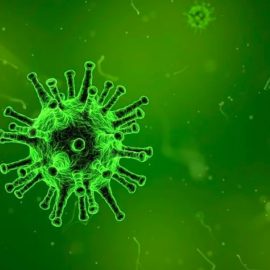

This article is an excerpt from the Shortform book guide to "Estrogeneration" by Anthony G. Jay. Shortform has the world's best summaries and analyses of books you should be reading.
Like this article? Sign up for a free trial here.
Is there estrogen in plastic? How does the presence of estrogenics in water bottles affect your health?
There are two types of estrogenics found in plastic bottles: phthalates and Bisphenol A & S. These chemicals pose a potential health risk to consumers, but there’s hardly any work being done to remove them.
Keep reading to learn about the effects of harmful estrogen in plastics.
Estrogen in Plastic
Anthony G. Jay writes that there are also two types of estrogen in plastic products:
1. Phthalates—estrogenics used primarily for making plastics clear, flexible and durable. Phthalates are found in a variety of everyday products from food products and plastic containers to personal care products like perfumes (although their use is restricted in children’s toy plastics). When foods and liquids come into contact with plastics, phthalates leach out into them and enter our bodies when we ingest them.
2. BPA and BPS (Bisphenol A & S)—estrogenics most widely used as an ingredient in plastic products. BPA has gained attention for its potential health risks, leading to BPA restrictions in certain products by the FDA and certain states. However, companies have simply pivoted to using BPS, which Jay argues has practically the same estrogenic effects. Thus, “BPA-free” alternatives often aren’t much healthier because they harbor similar estrogenic properties.
| Identify Plastic Ingredients Using Recycling Codes The recycling symbol found on plastics can be helpful for identifying estrogenic substances. Each recycling symbol contains a number ranging from one to seven that identifies it as one of seven types of plastics. Experts recommend you avoid plastics labeled with a three or a seven: Plastics labeled with a three are known as polyvinyl chloride (PVC) and they contain phthalates. They’re commonly used in clear food packaging, shower curtains, and vinyl flooring. Plastics labeled with a seven represent “other” plastics that don’t fit in the other categories. These likely contain BPA and/or BPS, and they’re often found in various products including gallon water bottles, sunglasses, iPod and computer cases, and food containers. If you can’t afford to forgo plastics entirely, experts consider plastics with recycling codes two, four, and five safer to use. |

———End of Preview———
Like what you just read? Read the rest of the world's best book summary and analysis of Anthony G. Jay's "Estrogeneration" at Shortform.
Here's what you'll find in our full Estrogeneration summary:
- How estrogenics are causing a rise in health problems
- How to avoid estrogenics and detoxify your body
- Why you shouldn't eat foods packed in plastic packaging or cans






